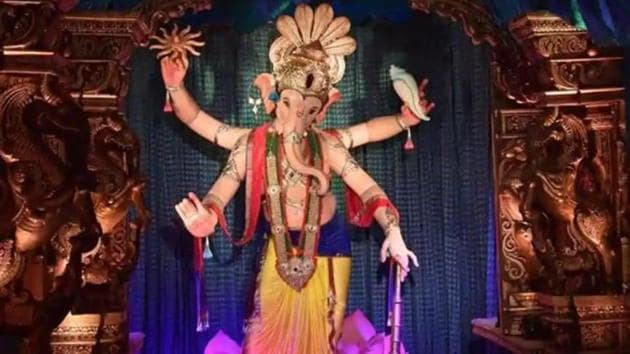Ganesh Chaturthi 2018: Significance and history of the festival
Devotees bring home idols of Lord Ganesha and during the 10 day festival, pandals with huge statues of the deity are set up.
Ganesh Chaturthi is the festival celebrating Lord Ganesha leaving his home on Mount Kailasha to visit our houses and give us his blessings. His entry into our homes is in the month of Bhadra, in accordance with the Hindu Luni-Solar calendar.

The festival concludes on the 10th day of his visit, when he returns to his parents - Goddess Parvati and Lord Shiva - on Mount Kailasha.
Ganesh Chaturthi is observed by keeping Lord Ganesha’s idol in our homes for the 10 day period, after which it is immersed in the sea.
Significance and history of the festival
Ganesh Chaturthi is celebrated in Maharashtra, Goa, Kerala and Tamil Nadu. It is believed that Goddess Parvati created Lord Ganesha from the dirt on her body, and told him to guard the door while she was having a bath. It was at this point of time that Lord Shiva returned home.

When Ganesha stopped him from entering, an angry Lord Shiva cut off his head. When Goddess Parvati told Shiva who Ganesha was, he promised that he would give Ganesha a new life, and fixed an elephant’s head on him, restoring his life.
Celebrations
Devotees bring home idols of Lord Ganesha and during the 10 day festival, pandals with huge statues of the deity are set up. On the last day there is Ganpati Visarjan, during which the idols of Lord Ganesha are immersed in the sea.
Sweets like modak, jaggery and coconut are offered to Lord Ganesha. A plate which has 21 pieces of sweet has to be offered to the idol as bhog.
Follow @htlifeandstyle for more






